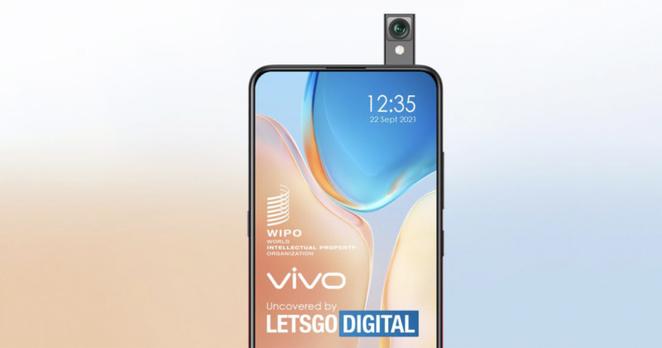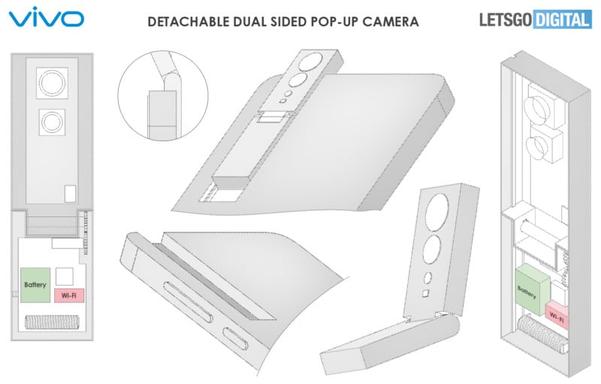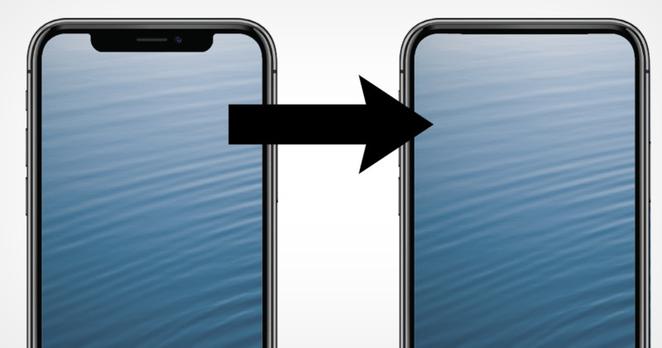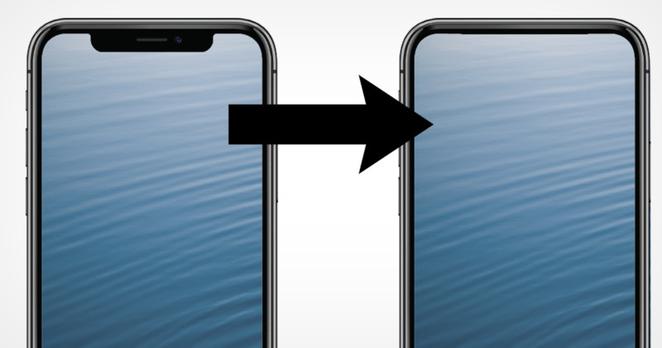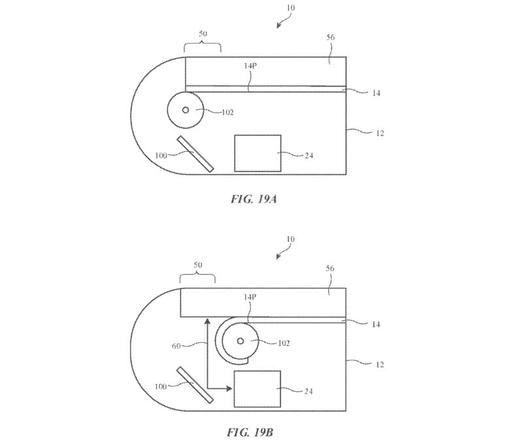Huawei vừa ra mắt Pura 80 Ultra với công nghệ camera "Một cảm biến, Hai ống kính" đột phá. Thiết kế tinh tế, khả năng chụp ảnh sắc nét vượt trội cùng chip Kirin 9020. Giá khởi điểm 9.999 nhân dân tệ. Một lựa chọn hoàn hảo cho những người yêu công nghệ! #Huawei #Pura80Ultra #CameraTech https://ift.tt/PKZEdG3
#cameratech
The Vivo X200 Pro's telephoto lens is a game-changer for smartphone photography. See why it's making waves! https://petapixel.com/2025/02/02/vivo-x200-pro-review-a-telephoto-for-the-ages/ #SmartphonePhotography #VivoX200Pro #CameraTech
Google’s Pixel 9A is $300 Cheaper than Pixel 9. Is it the Smarter Buy?
#Pixel9A #GooglePixel #BudgetSmartphone #AIEditing #CameraTech #TensorG4 #SmartphonePhotography
Read full Article here :-
https://www.techi.com/google-pixel-9a-vs-pixel-9-price-camera-ai-battery/
Your camera can take 3D photos. Your screen can display 3D photos. — https://moultano.wordpress.com/2025/02/24/you-should-make-cross-views/
#HackerNews #3DPhotography #3DDisplay #CameraTech #Innovation #VisualArts
**"📸 Equipped with an advanced camera system, the Galaxy S25 Ultra aims to set new standards in mobile photography. #CameraTech #MobilePhotography"**
Kuo: Apple is set to upgrade the iPhone 18's wide-angle lens in 2026 with a variable aperture camera! 📸🌟 Sunny Optical will be the primary supplier for the new shutter. #iPhone18 #Apple #CameraTech #VariableAperture #MobilePhotography #TechNews #Innovation #SmartphoneCamera
Samsung's new ISOCELL HP9 telephoto sensor, the first in the industry to offer 200 MP resolution, features a 1/1.4 optical format and 0.56μm pixel size. Improved with a high-refractive microlens material, the sensor enhances light sensitivity by 12% and autofocus by 10%, optimizing performance in low-light conditions.
#Samsung #ISOCELLHP9 #CameraTech #Photography #Innovation #TechNews #Telephoto
More context about what I'm trying to achieve https://gmpphoto.blogspot.com/2019/12/william-klein-leica-master-with-very.html
Just watched iJustine's latest review on the enhanced Insta360 Go 3! 🎥 This tiny action camera just got a major upgrade. With improved stabilization and better image quality, capturing your favorite action shots has never been so easy. Stay updated with the latest in tech! 🚀 #Insta360Go3 #CameraTech #TechReviews
What features do you wish to see in the next action camera update?
Just watched iJustine's latest review on the enhanced Insta360 Go 3! 🎥 This tiny action camera just got a major upgrade. With improved stabilization and better image quality, capturing your favorite action shots has never been so easy. Stay updated with the latest in tech! 🚀 #Insta360Go3 #CameraTech #TechReviews
What features do you wish to see in the next action camera update?
Vivo Designs Detachable, Double-Sided Pop-Up Smartphone Camera
Vivo has designed a detachable pop-up camera system that consists of three total cameras and two flashes and runs on its own built-in battery.
Detachable smartphone cameras are not a new concept, at least in the design phase. For example, Vivo itself explored the idea of a small detachable phone camera with its own touch-display earlier this month, which was built upon a 2020 prototype that showed a smartphone design with a detachable front camera.
This time, Vivo designed a double-sided pop-up camera that may be the most advanced and practical design yet. The patent -- as found and illustrated by LetsGoDigital -- shows a Vivo smartphone with a full-screen design and a pop-up camera situated in the top right corner.
The system can be used for selfies and video calls and has a dual-camera integrated onto the back of the pop-up system. This acts as the main camera, giving users a total of three cameras and two flashes.
The pop-up camera can be fully removed and fixed at different angles thanks to a hinge. Users can make the most of the camera by placing it on a flat surface to take photos from a distance -- similar to using a camera with a remote shutter -- or by holding it in hand as a selfie stick.
This detachable camera system has a built-in battery which means it can be used independently from the smartphone. If the battery runs low, users can attach it back onto the smartphone to charge it from the main body's battery. This is done using a sliding rail, with additional magnets to prevent the camera from accidentally detaching.
As it's a double-sided camera, the system detects which side the user is on. This design also gives Vivo the option to add a Dual-View video function in the future.
LetsGoDigital explains that the patent doesn't mention what type of cameras are to be used with this design but instead it is stated that the camera will have different apertures "for all-round photography possibilities."
With numerous detachable camera system patents under its belt, it is seemingly increasingly likely that Vivo will at some point manufacture a finished smartphone that tries it, though it's unclear how successful such a design would be. There are no doubt practical applications that a removable module would certainly make easier, but the increased possibility of losing those critical parts may outweigh the benefits.
Vivo isn't the only one who is testing the design waters with a removable camera system. Oppo has also patented a detachable camera module design, although it is considerably bulkier in comparison to Vivo's. Samsung has considered integrating a smartphone camera into its S Pen.
The full patent application can be viewed on LetsGoDigital.
#equipment #mobile #news #cameratech #detachablecamera #letsgodigital #mobilephones #patent #phonephotography #smartphonecamera #smartphonephotography #smartphones #vivo
A Display ‘Window’ is Apple’s Unusual Solution to Hide its Selfie Camera
Apple has recently patented an unusual method for dealing with the much-maligned "notch" that contains its front-facing camera. Rather than use a system that places the camera under the display, Apple instead has designed a moving "window" that can open to reveal a camera behind it.
As noted by Patently Apple, the expandable display that scrolls open thanks to a motor hidden under the display is shown as hiding the camera area and notch when it is not in use. Apple describes it as a window region that overlaps on a movable portion of the display. When closed, the moving portion overlaps the window and the pixels in the moving display can act as if they were part of the complete display panel. When open, the moving portion is lifted away from the display so that the optical component can pass through without obstruction.
One image included with the patent shows a small cog located under the display that turns an arched, geared piece that is connected to a folding section of the display. When opened, the camera can peek through the opening and allow it to gain an unobstructed view.
The patent also describes a "rolling" display window that uses the same concept, but instead of relying on a hinge, the display is "rolled" back to reveal the camera.
Whether it is a hinged flap or a flexible roll, Apple seems to want to avoid having its cameras look directly through a display screen so that image quality can be its best.
As PetaPixel has covered in the past, multiple companies in the mobile space are working on a solution to the problem of the notch or hole-punch for a front-facing camera that will interrupt an otherwise edge-to-edge display. Under-display cameras appear to be the most popular choice, as both ZTE and Samsung have released consumer products that feature the tech.
Unfortunately, under-display cameras have their downsides. Because the camera is under a panel, the camera is physically encumbered by the pixels which can be visible in the image, especially in backlit conditions. Images also tend to be quite soft. Samsung's recently announced Galaxy Z Fold 3 does exhibit this issue, but it is strongly mitigated by heavy post-processing that seems to help fix the problem in several possible use cases, though it's still noticeable.
Both Xiaomi and Oppo have introduced solutions to this problem as well, and each claims to have solved the main issues with under-display technology. Xiaomi recently announced the Mix 4 which will feature the tech, and Oppo showed off its prototype solution as well. Both promise to be hugely improved over what Samsung and ZTE both have attempted.
Samsung Galaxy Z Fold 3 | Screen Capture via MKBHD
Another issue with under-display cameras is that the pixels over the camera itself appear imperfect. Google has attempted its own design that will use a second OLED screen under the main screen along with a prism that it believes will help alleviate this issue.
Even though all these other companies have different methods for addressing the same situation, they all have one thing in common: few to no moving parts. Apple appears to be willing to risk the implementation of physical moving gear that directly bends the display, which is notable. Not only do moving parts mean more places that could break, but it also means that the device will take at least a bit of time to prepare itself to take a photo or video.
If Apple does ever use this patent, it likely won't be for some time. The Silicon Valley giant is known for playing the long game and being the last to add new technology into its devices. Under-display tech is still so new that Apple is unlikely to take a risk on anything unless it is far more proven, unlike Samsung, Xiaomi, or Oppo who enjoy positions as testers of bleeding-edge technology.
Apple's full patent can be viewed on the U.S. Patent Office's website.
Image credits: Aspects of header photo licensed via Depositphotos.
#mobile #news #technology #apple #appledesign #appleiphone #applepatent #cameratech #cameraunderdisplay #frontfacingcamera #iphone #patent #selfie #selfiecamera #underdisplay #unusual





